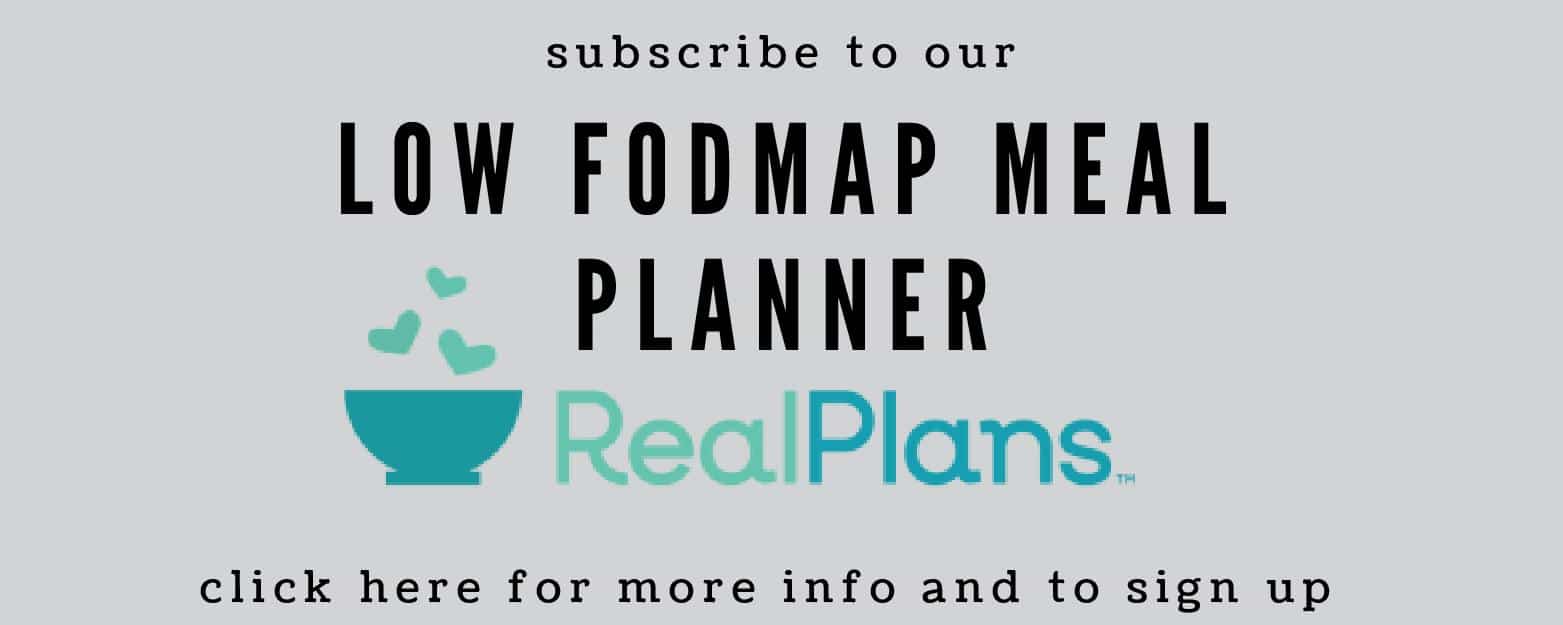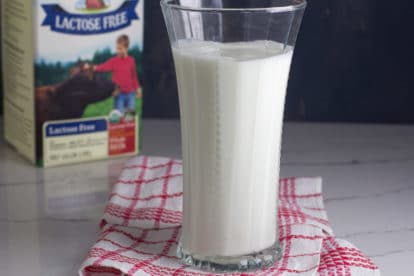Ever drag your bin to the curb, give it a final shove, and walk away without a second thought? We all do it. That bin, and the stuff inside, is suddenly someone else’s problem.
But for that “someone else,” the job is just beginning. And it’s a job that’s a lot more dangerous, complex, and human than most of us could ever imagine.
Believe it or not, sanitation work is consistently ranked as one of the most dangerous jobs in America. We’re talking a fatal injury rate of 34.1 per 100,000 workers, putting it right up there with logging and fishing, according to the Bureau of Labor Statistics. It’s a reality that weighs on the people who keep our communities clean.
No matter where you are, give some respect to the sanitation workers. Do not discriminate against them. They may look unclean, but they are the ones helping you stay clean. So, before your next trash day, here are 17 things the folks who pick up your garbage really wish you knew.
We’re in One of the Most Dangerous Jobs in America

No, that’s not an exaggeration. When TIME Magazine and the Bureau of Labor Statistics (BLS) rank the deadliest jobs, sanitation work is always near the top, often listed as the fifth or seventh most dangerous profession in the country.
Think about it. We’re navigating heavy machinery through tight residential streets, often in the dark or bad weather. We’re hopping on and off a moving vehicle hundreds of times a day. And we’re constantly exposed to the risk of being struck by impatient or distracted drivers, which is one of the leading causes of fatalities in our industry.
It’s not just traffic. The most common injuries come from being hit by objects or equipment, along with the endless slips, trips, and falls that happen in rain, snow, and ice. Every single can we lift is a roll of the dice.
Your Overstuffed Bin Is a Real Hazard

We get it. You have one last bag of trash, and you just want it gone. So you balance it on top of the bin or squeeze the lid down over a mountain of garbage. For you, the problem is solved. For us, it’s just started.
Many sanitation workers manually lift thousands of pounds during a single shift. When a bin is overfilled and heavier than it should be, that extra strain adds up. It’s a direct line to the most common injuries we face: back problems, hernias, and torn muscles.
These aren’t just one-time injuries; they’re chronic issues that can affect us for the rest of our lives. That small convenience for you can become a lifetime of pain for us.
No, We Can’t Just Recycle Everything You Hope Is Recyclable

We see you trying to do the right thing, and we genuinely appreciate the effort. But tossing something in the blue bin and hoping for the best, a habit experts call “wish-cycling,” actually causes more harm than good.
Right now, the U.S. Environmental Protection Agency (EPA) says about one in every four items placed in a recycling bin doesn’t belong there. That’s a contamination rate of 25%. This wishful thinking isn’t free. According to Ball, the U.S. recycling system incurs a staggering $3.5 billion in costs every year.
Why? Because one greasy pizza box or leaky ketchup bottle can ruin an entire batch of clean paper, forcing the whole lot to be sent to a landfill. It’s better to throw one questionable item in the trash than to contaminate a whole truckload of good recyclables. As the pros say, “When in doubt, throw it out!”.
Those Plastic Grocery Bags Wreak Havoc on Our Machines

Here’s the number one villain at the recycling plant: the plastic grocery bag. We know it feels wrong to throw plastic in the trash, but those flimsy bags absolutely cannot go in your curbside recycling bin. Our recycling facilities, known as MRFs (Material Recovery Facilities), use giant spinning discs and screens to separate paper from plastic bottles and cans.
Plastic bags get caught in this machinery, wrapping around the gears like spaghetti. They’re what the industry calls “tanglers.”
At some plants, workers have to shut down the entire system multiple times a day, climb into the machines with knives, and manually cut the plastic bags out. It’s dangerous, it’s expensive, and it brings the whole recycling process to a halt. So please, keep them out of the bin. Most grocery stores have take-back programs where you can recycle them properly.
A Little Rinse Goes a Long, Long Way

Good news! You don’t need to scrub your recyclables until they sparkle. But getting them mostly clean and dry is a huge deal.
Recyclables do not need to be perfectly clean… But they do need to be empty. Here’s why: your recyclables are not just trash. They are commodities sold to manufacturers to be made into new products. And those buyers have strict quality standards.
A half-full jar of salsa or a bit of milk left in a carton can leak all over clean paper and cardboard in the bin, ruining their value. So that quick rinse you give your yogurt container is the first and most important step in quality control. It ensures that what you put in the bin actually has a chance to become something new.
We Find Some… Interesting Things

You truly would not believe the things people throw away. Your trash tells a story, and we’re the ones who have to read it. Sometimes it’s a treasure hunt. Workers have found everything from vintage baseball cards worth thousands of dollars to brand-new power tools. But most of the time, it’s just…weird. And gross.
According to Waste Advantage Magazine, one worker in Philadelphia talked about having to pick up whole crates of bottled urine that splashed all over him. That’s truly bizarre.
Your Loose Needles and Broken Glass Are Terrifying

This is one of the most serious things we wish people knew. Tossing loose sharp objects into a trash bag is like setting a trap for us.
Every year, sanitation workers are struck by improperly disposed of medical needles. An accidental needle stick is terrifying. It means months of testing and waiting to find out if you’ve contracted a life-threatening disease like HIV or hepatitis.
With an estimated billions of needles being thrown out by home users every year, this is a massive problem. Please, if you use sharps, dispose of them safely. Put them in a designated red sharps container or a strong, puncture-proof plastic bottle (like for laundry detergent). Seal the lid with heavy-duty tape, label it “SHARPS,” and then place it in the trash. It’s a small step that protects us from a world of harm.
We’re on the Front Lines of the E-Waste Explosion

That old laptop, the cracked phone, the drawer full of mysterious chargers, it’s called e-waste, and it’s a huge, growing problem. The United Nations University estimates that the world is expected to generate a massive 74 million metric tons of it every year by 2030.
Tossing these items in the trash is a double disaster. First, they contain toxic materials like lead and mercury that can leach into the soil and water from landfills. Second, they’re full of valuable resources! Things like gold, silver, and copper can be recovered through a process called “urban mining”. But that can only happen if they’re handled correctly.
Right now, they’re not. So what should you do? Never put them in the trash or recycling bin. Look for certified e-waste recyclers in your area. Many electronics retailers like Best Buy and Staples have take-back programs, and websites like Earth911.com can help you find a drop-off location near you.
That Old Cell Phone Battery You Tossed Could Start a Fire

This is not a drill. The lithium-ion batteries in your phone, laptop, vape, and even some musical greeting cards are a ticking time bomb in the waste stream.
They are the single most significant cause of fires at recycling facilities and in our trucks. When a battery gets damaged or crushed by our equipment, it can trigger something called “thermal runaway.” It’s a chemical reaction that causes the battery to heat up uncontrollably and explode, burning at over 2,000 degrees.
These fires happen all the time. One Minnesota facility reported two fires in a single month from batteries tossed in the trash. These blazes endanger workers and can destroy millions of dollars of critical infrastructure. Always take your batteries and electronics to a proper e-waste or hazardous waste drop-off location.
We’re Not Invisible (Even Though It Sometimes Feels Like It)

We are your neighbors. We have families. We live in your community. But so often, we’re treated like we don’t exist.
Anthropologist Robin Nagle, who has studied sanitation workers for years, observed that when workers put on their uniforms, they often become “invisible to the world”. Worse than being invisible is the stigma.
The job is often used as a threat to scare kids into studying harder, and workers feel disrespected daily. “We are people too”.
Please, Slow Down When You Drive Around Our Trucks

If you remember only one thing from this list, make it this one. The biggest threat to our lives, day in and day out, is traffic.
Being hit by a car is a leading cause of death for sanitation workers. We have to get in and out of the truck constantly, often with our backs to oncoming traffic. It happens during the morning rush, when people are in a hurry, texting, or just not paying attention.
Many states have passed “Slow Down to Get Around” laws, requiring drivers to give us space, just like they would for an ambulance or police car. Please treat our trucks like the work zones they are. The extra 30 seconds you might save by speeding around our truck isn’t worth a life.
Your Food Scraps Are a Climate Change Problem

When food waste goes into a landfill, it gets buried under tons of other trash. Without any oxygen, it rots and releases methane (CH4), a greenhouse gas that has more than 80 times the warming power of carbon dioxide (CO2).
It’s a huge problem. Food is the single biggest component in U.S. landfills, making up about 24% of all municipal solid waste. All that rotting food is responsible for a huge chunk of human-caused methane emissions.
The EPA calculates that the greenhouse gas emissions from food waste in the U.S. are equivalent to running more than 50 million cars for a year. When you compost your food scraps instead, they break down with oxygen and create nutrient-rich soil—turning a climate problem into a valuable resource.
Please Bag and Tie Your Trash

This one is so simple, but it makes an enormous difference in our day. First, it keeps your neighborhood clean. On a windy day, loose trash can easily blow out of the bin or the truck, and we have to go chasing it down the street.
Second, it’s about basic hygiene and respect. Handling loose, wet, and often smelly garbage is just plain gross. According to the Washington Federation of State Employees, one of the original Memphis sanitation strikers from 1968, Elmore Nickelberry, recalled his early days on the job: “Sometimes the tubs had a hole in them and maggots ran all down our face”.
Bagging your trash contains the mess. It makes our job quicker, safer, and a whole lot more pleasant. It’s a small act of kindness that we notice and appreciate every single day.
And Please, Break Down Your Cardboard Boxes

With the boom in online shopping, our trucks are filling up with cardboard boxes like never before. And those big, empty boxes are mostly full of air.
When you toss them in the bin without flattening them, they take up a massive amount of space. This means our trucks fill up faster, forcing us to make more trips to the recycling facility.
More trips mean more fuel burned, more emissions in the air, and higher costs for the whole system. By taking a few seconds to break down your boxes, you help us be more efficient, save on fuel, and fit more recyclables in every load. It’s a simple way to help us and the environment, all at once.
We’re Not Just Hauling Trash; We’re Part of a High-Tech System

The old image of a garbage man is just that, old. Today, waste management is a surprisingly high-tech industry that’s rapidly evolving.
The industry is in the middle of a massive transformation toward what’s called a “circular economy”—an approach that aims to eliminate waste and reuse resources.
To get there, companies are investing in incredible technology. At recycling facilities, AI-powered robots use computer vision to sort materials faster and more accurately than any human ever could.
Some cities are rolling out “smart bins” with sensors that tell our trucks when they’re actually full, optimizing our routes to save time and fuel. And big data analytics are helping us track everything, from recycling rates to greenhouse gas reductions. The job on the street is still challenging, but the system behind it is getting smarter every day.
This Isn’t a “Fallback” Job—It’s a Career We’re Proud Of

Despite the dangers and the stigma, most of us don’t see this as a dead-end job. For many, it’s a stable, well-paying career that we chose and take great pride in. It is essential work. And it provides a solid, middle-class life for our families.
With strong union protections, the pay and benefits are often excellent. Drivers in some parts of the country report making over $100,000 a year with overtime. So, if you are wondering if being a garbage man is something to be embarrassed about, you have nothing to be ashamed of. You do honest work that benefits your community.
A Little Kindness Makes Our Day

After all the hazards, the smells, and the disrespect, you know what keeps us going? You do. A simple wave from the window. A “thank you” as we pass by. A cold bottle of water left on top of the bin on a scorching hot day. These small gestures mean the world to us.
It is a sign that you see us, not as part of the truck, not as part of the trash, but as people. People are doing a tough, essential job to keep their community healthy and safe. And for that, we thank you.
Key Takeaway

The journey of your trash from the curb is far more dangerous, technologically complex, and human than most of us imagine. The men and women who handle our waste are essential professionals facing daily risks.
By making small, thoughtful changes like rinsing recyclables, disposing of hazardous items safely, and slowing down for their truck, we can directly contribute to their safety, make the entire system more effective, and show them the respect they’ve earned. A cleaner, safer community truly starts with thinking before you toss.
Disclaimer – This list is solely the author’s opinion based on research and publicly available information. It is not intended to be professional advice.
16 Grocery Staples to Stock Up On Before Prices Spike Again

16 Grocery Staples to Stock Up On Before Prices Spike Again
I was in the grocery store the other day, and it hit me—I’m buying the exact same things I always do, but my bill just keeps getting higher. Like, I swear I just blinked, and suddenly eggs are a luxury item. What’s going on?
Inflation, supply-chain delays, and erratic weather conditions have modestly (or, let’s face it, dramatically) pushed the prices of staples ever higher. The USDA reports that food prices climbed an additional 2.9% year over year in May 2025—and that’s after the inflation storm of 2022–2023.
So, if you’ve got room in a pantry, freezer, or even a couple of extra shelves, now might be a good moment to stock up on these staple groceries—before the prices rise later.
6 Gas Station Chains With Food So Good It’s Worth Driving Out Of Your Way For

6 Gas Station Chains With Food So Good It’s Worth Driving Out Of Your Way For
We scoured the Internet to see what people had to say about gas station food. If you think the only things available are wrinkled hot dogs of indeterminate age and day-glow slushies, we’ve got great, tasty news for you. Whether it ends up being part of a regular routine or your only resource on a long car trip, we have the food info you need.
Let’s look at 6 gas stations that folks can’t get enough of and see what they have for you to eat.




